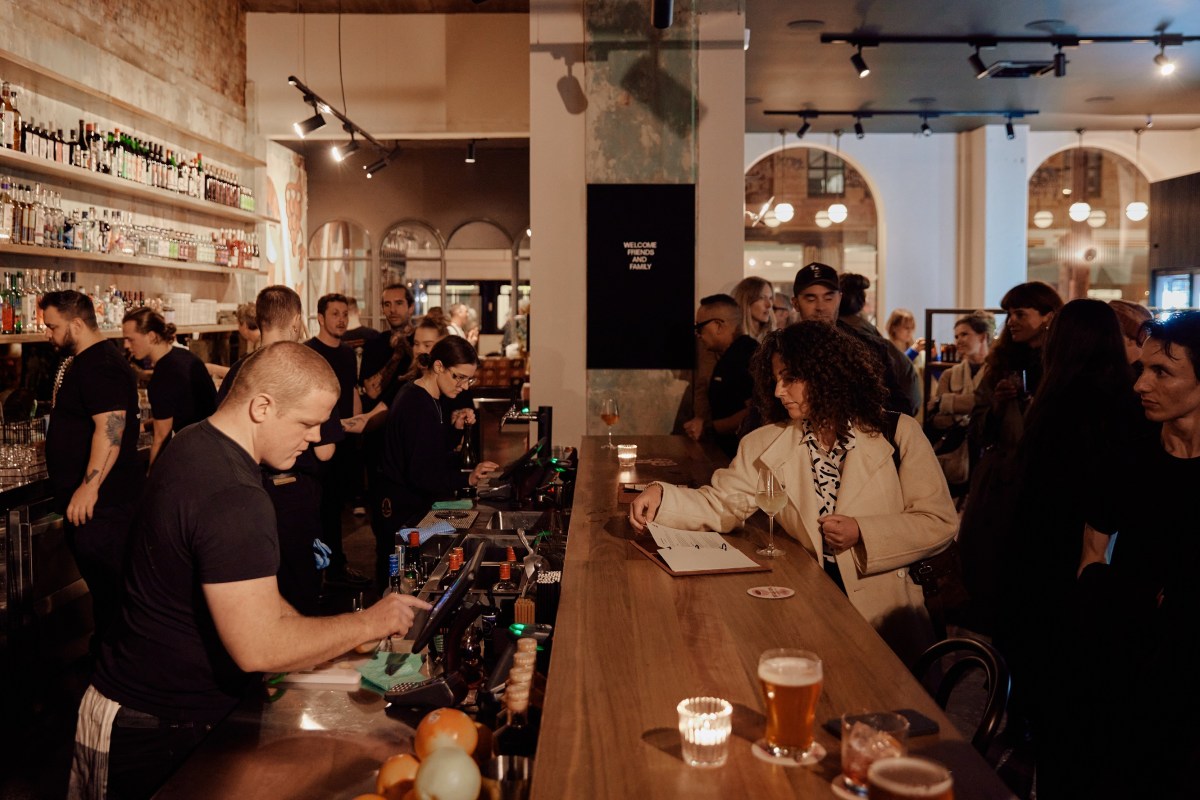Despite a continued softening in consumer spending, the CommBank Household Spending Insights (HSI) Index indicates that Australians are still prioritising experiences and going out.
The HSI Index for February fell by 0.3 per cent, led by declining spending on household goods and transport. However, the hospitality category saw a 0.7 per cent increase, primarily driven by a 76 per cent jump in spending at music festivals. Similarly, a 115 per cent increase in spending at function and event centres drove the recreation category up 0.5 per cent in the month.
Commonwealth Bank of Australia (CBA) Chief Economist Stephen Halmarick said that the February results reflect a continuation of variable household spending habits.
“February was a big month for concerts and big social events in Australia and consumers clearly prioritised tickets to see their favourite artists like Taylor Swift, with spending up on musical festivals, as well as spending on flights and hospitality venues, likely associated with the headline concerts.
“However, the jump in hospitality and recreation spending wasn’t enough to offset weakness across seven of the 12 categories of the index, which paints a picture of consumers cutting back,” he said.
The increase in hospitality spending followed a 2.1 per cent increase in January. This has increased the annual rate of change to 3.4 per cent, up from 1.5 per cent in the previous month. Spending at pubs, taverns and bars contributed to this increase, while spending at breweries and wineries was reduced.
Food and beverage goods spending fell by 0.5 per cent in February, but this followed a rise of 0.5 per cent in January. Even so, the annual spending increase was placed at 2.5 per cent per year in January, and this has now been revised to 1.8 per cent. The largest contributors to the year-on-year increase include supermarkets, convenience stores, and liquor stores. Overall, retail spending declined by one per cent, with a below inflation annual increase of 1.9 per cent.
“It’s important to note the annual rate of increase of the HSI Index has fallen to 3.5 per cent, which is close to flat in real terms when an inflation rate of 3.5 to four per cent is taken into account,” Halmarick said.
Discretionary spending increased by 4.4 per cent in February, which follows at 17.6 per cent jump in January. Spending on essentials saw a comparatively soft increase, with a 0.5 per cent monthly gain. However, discretionary spending has been volatile over the past 12 months and only shows a 3.1 per cent annual increase, compared to a 4.4 per cent annual increase for essentials.
Queensland was the only state to see an increase in spending last month but remains below the national growth rate on the year. The largest spending falls were the Northern Territory, down 3.2 per cent, the ACT, down two per cent, and Victoria, down 0.8 per cent.
Halmarick anticipates a continued decrease in consumer spending over the coming months.
“We expect to see continued softening of household spending in the near term as the November 2023 interest rate hike takes hold, which together with decelerating inflation supports our view that the RBA can commence official interest rate cuts in September this year,” he said.
The HSI Index is determined from a data pool of de-identified payment information from CBA customers, comprising approximately 30 per cent of all Australian consumer transactions. The monthly spending increases or decreases are expressed in seasonally adjusted terms.

